Review
Fleet operators who are transitioning their commercial vehicles to electric will be well versed in the challenges associated with the task. While some sectors are easier to switch than others, there’s been a large gap in the availability of suitable light commercial vehicles (LCVs) for some usage types.
Iveco aims to change that with the launch of its new eDaily model. Building on the success of the current Daily van, Iveco’s second attempt at electrifying the platform has been done with one goal: no compromises.
The eDaily is billed as the “electric twin” to the Daily, with versions to suit all missions and conversions. It’s a unique proposition, with a wide range of variants offered from 3.5 tonnes to 7.2 tonnes gross vehicle weight (gvw) and bodies include panel van, crew cab, chassis and minibus.
Panel vans offer between 7.3cu m and 19.6cu m of loadspace and a payload of up to 3,955kg. Chassis cabs are rated at up to 4,600kg and the eDaily has a towing capacity of up to 3.5 tonnes.
Mike Cutts, Iveco’s business line director – light, says: “We were the first manufacturer to launch an electric product in our segment with the first-generation electric Daily and it was probably a little bit too early for the market. The technology didn't allow the vehicle to perform the missions that customers needed it for.
“We've learned from that and taken our time to develop a product that allows the end-user to perform their typical diesel mission with an electric van. When you look at what the Daily can do now, it's really pushing the boundaries with regards to those customers being able to make that transition without a compromise.
“That's really key because you're only ever going to get fleets to shift once they're confident the product can do the job for them.”
Integral to the eDaily’s flexibility is its new highly efficient battery. The vehicle can be configured with one-to-three modules, which each have a capacity of 37kWh. Batteries can also be added or removed in-life if operational needs change.
The range of the vehicle varies significantly dependent on the selected configuration. For example, a 3.5-tonne panel van with one battery can cover 75 miles, while a 5.25-tonne van with two batteries can cover around 115. The longest range vehicle available is the 4.25-tonne van, with three batteries, which can cover up to 220 miles.
The bulk of Daily vehicles sold, however, are chassis cabs. As the chassis of the eDaily is the same as a diesel model, it’s easy for bodybuilders to make the switch. The key difference is enabling the use of the vehicle’s on-board power supply. Three power take off (PTO) options are available that utilise the vehicle’s battery. The first is a 2.5kW socket that can be used to power a tail-lift or similar. The second socket delivers up to 15kW and would be suited to a refrigeration unit. Iveco also offers a mechanical ePTO, which can drive an accessory such as a hydraulic pump, with up to 15kW of power. All the devices work independently from the vehicle’s traction motor and can also be utilised while it’s plugged into a charger.
The drive motor in the eDaily develops 121PS and 220Nm, with up to 134PS and 300Nm available in ‘boost’ mode for two-minute intervals.
More power is available from two- and three-battery vehicles, which provide up to 188PS and 400Nm in ‘boost mode’. From a standstill, the eDaily’s throttle is lazy, so drivers won’t be flying away from traffic lights, but payloads should remain unflustered. Pick-up on the move is reasonable, with the motor providing ample power and cruising happily at motorway speeds.
Refinement levels are not the highest, but with a silent powertrain noise intrusion into the cab isn’t too bad. Our only criticism here is the low-speed pedestrian warning speaker can be heard from inside the van when driving around urban areas.
The first eDaily we drove sat on conventional suspension springs and the ride was very choppy and firm. When we switched into a model equipped with Iveco’s Airpro suspension – a £4,110 option – the difference was significant and much more comfortable.
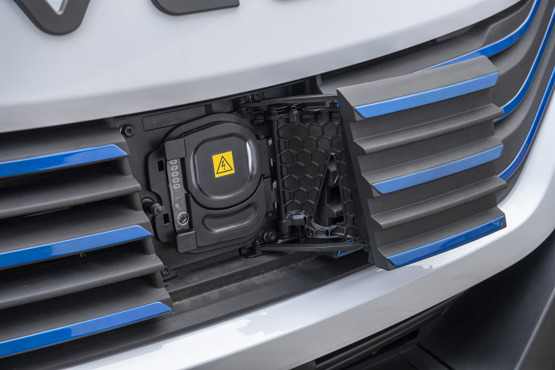
From the outside, the eDaily looks much the same as the current diesel-powered Daily, save for a few blue trim pieces and a new logo. The charge port is hidden behind a flap in the front grille. Iveco says it listened to customer feedback when deciding the positioning, but recognises that some customers may prefer the point at the rear of the vehicle – especially those that want to charge while loading – and confirmed it is working on a solution for those who wish to move the port.
On the inside, the eDaily offers a robust and simple layout. A seven-inch touchscreen infotainment system is fitted as standard. This includes a reversing camera on panel van variants, while the heating and air-con controls are separate.
A new suite of connected services have been developed to support drivers and fleet operators with the transition to electric. Free for the first four years, the package includes remote access via mobile app, proactive remote vehicle health monitoring and telematics functions such as driver behaviour and vehicle tracking.
The Iveco app allows drivers to keep an eye on range and charging. It will also alert them if the vehicle stops charging unexpectedly or isn’t plugged in when it usually would be.
Fleet managers can also control vehicle parameters remotely, limiting the available settings for charge scheduling, heater use and even the drive modes available.
Iveco has delivered what it set out to with the eDaily – it’s the most versatile electric van currently on sale. The only concern is the price. Starting at £53,552 (CV OTR), the eDaily can easily creep into six figures with options, two batteries and decent payload. At less than £48k, the Ford eTransit is a better bet for those that just need a van, but if you have specific requirements, particularly for chassis cabs and PTO, then the eDaily is probably the only option.



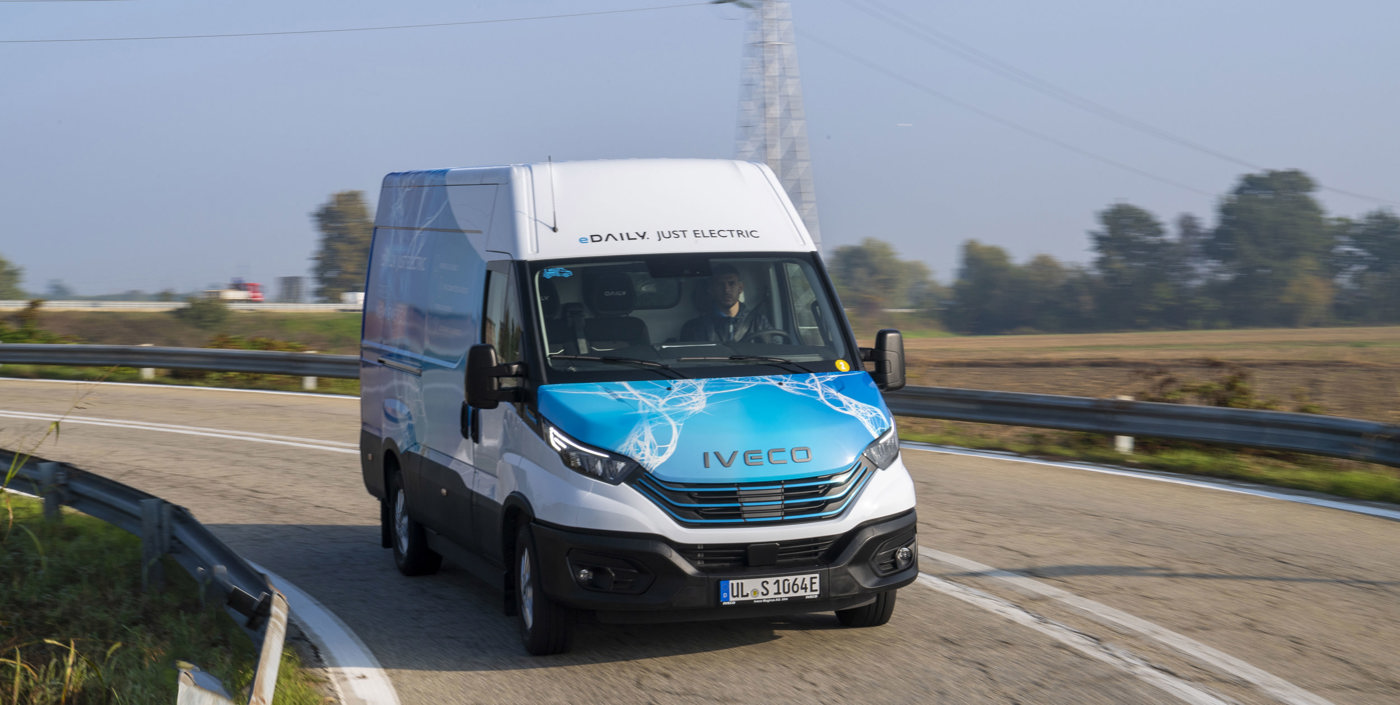





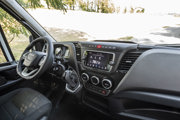
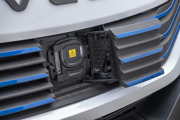


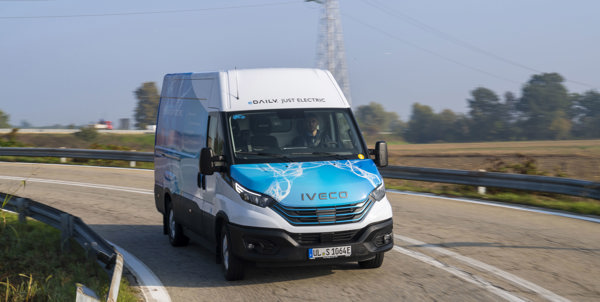
 Diesel
Diesel












